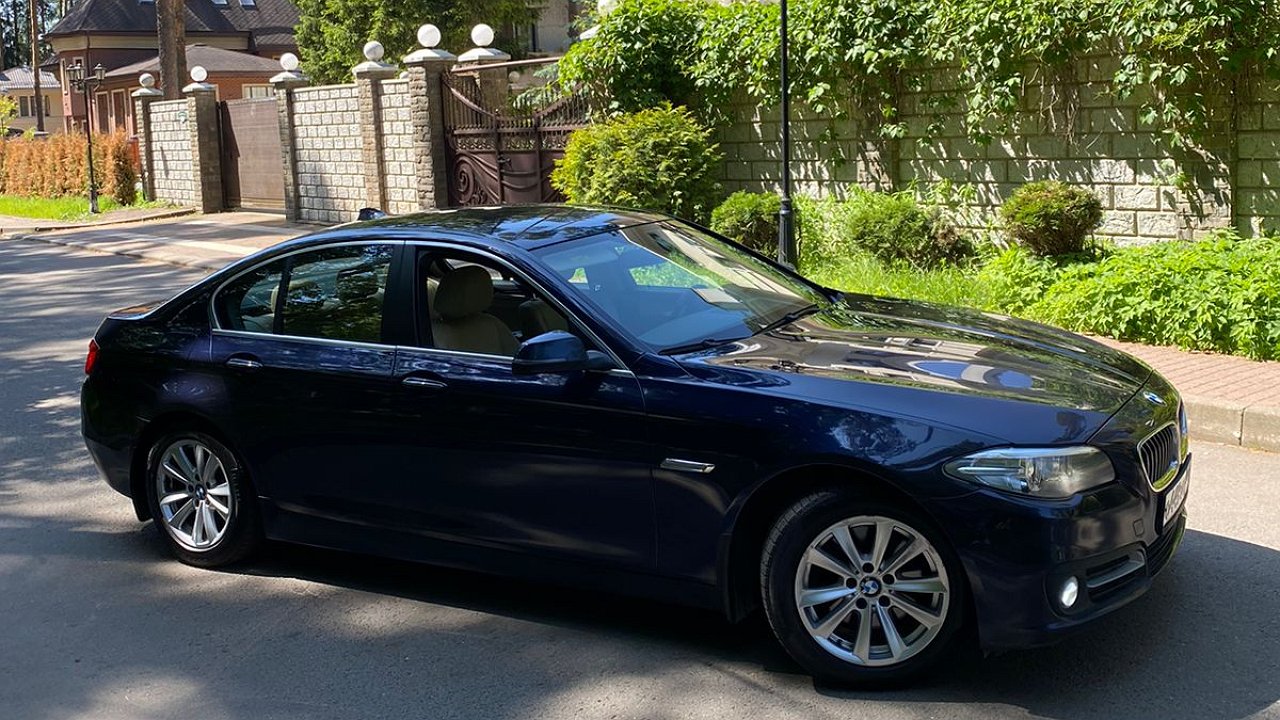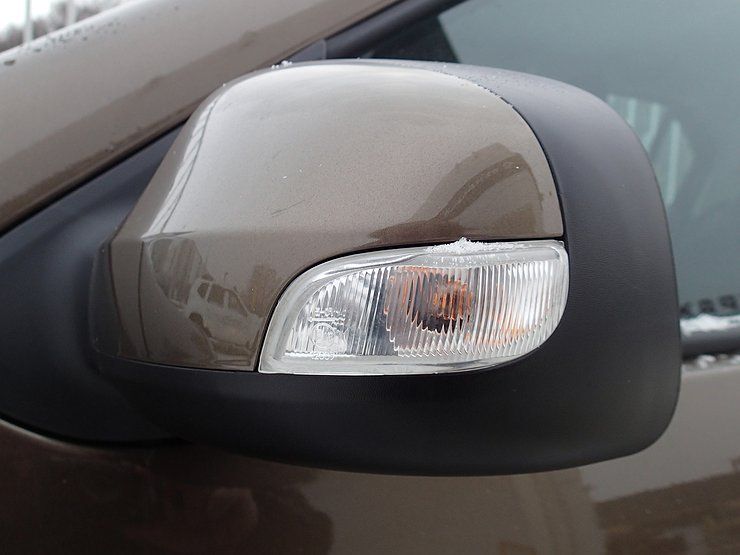Why are turn signals installed in wing mirrors?
- June 14, 2023
- 0
Not all cars have built-in turn signal repeaters in the side mirrors. Let’s say more: some manufacturers offer “turn signals” in the door mirrors only as an additional
Not all cars have built-in turn signal repeaters in the side mirrors. Let’s say more: some manufacturers offer “turn signals” in the door mirrors only as an additional

According to traffic regulations, repeaters must be located on opposite sides of the body. If earlier, in addition to the front and rear optics, they were installed on the side wings, now such “lanterns” have slowly but surely disappeared from everyday life. More precisely, they were replaced by single “turn signals”, which are located both on the front of the car and on the sides.
This decision eliminated the need for engineers to integrate additional lamps into the side panels of the body while optimizing costs associated with the manufacturing process. In addition, such a “flashing light” is much more aesthetic, and the work is more informative: it can be seen both from the front and from the side. Especially when it comes to LEDs.
The location of the turn signal repeaters, the dimensions and angles of their visibility, as well as the color – usually yellow – must comply with the regulations. At the same time, our GOST does not imply the presence of “turn signals” in the exterior mirrors. So what’s the point of such a design? “Ponty” or safety?
As you know, the placement of “turn signals” in the side “tangles” was the first imposed on the automotive industry by players in the premium segment. Now such a “trick” is available even for budget cars. Of course, not only for the sake of design, experts introduce light bulbs in rear-view mirrors. The main focus is, of course, on road safety.
Firstly, when visibility is limited – in snowfall or fog – an additional light signal will be very useful. Secondly, the turn signal integrated into the side mirror of the car helps when changing lanes in a traffic jam. Sometimes this is the only “turn signal” neighbors can see downstream in a slow traffic jam.
Finally, in the event of a blown bulb or diode in one of the sections of the lighting fixtures, an additional repeater will help other road users to indicate the driver’s intentions to perform this or that maneuver.

According to traffic regulations, repeaters must be located on opposite sides of the body. If earlier, in addition to the front and rear optics, they were installed on the side wings, now such “lanterns” have slowly but surely disappeared from everyday life. More precisely, they were replaced by single “turn signals”, which are located both on the front of the car and on the sides.
This decision eliminated the need for engineers to integrate additional lamps into the side panels of the body while optimizing costs associated with the manufacturing process. In addition, such a “flashing light” is much more aesthetic, and the work is more informative: it can be seen both from the front and from the side. Especially when it comes to LEDs.
The location of the turn signal repeaters, the dimensions and angles of their visibility, as well as the color – usually yellow – must comply with the regulations. At the same time, our GOST does not imply the presence of “turn signals” in the exterior mirrors. So what’s the point of such a design? “Ponty” or safety?
As you know, the placement of “turn signals” in the side “tangles” was the first imposed on the automotive industry by players in the premium segment. Now such a “trick” is available even for budget cars. Of course, not only for the sake of design, experts introduce light bulbs in rear-view mirrors. The main focus is, of course, on road safety.
Firstly, when visibility is limited – in snowfall or fog – an additional light signal will be very useful. Secondly, the turn signal integrated into the side mirror of the car helps when changing lanes in a traffic jam. Sometimes this is the only “turn signal” neighbors can see downstream in a slow traffic jam.
Finally, in the event of a blown bulb or diode in one of the sections of the lighting fixtures, an additional repeater will help other road users to indicate the driver’s intentions to perform this or that maneuver.
Source: Avto Vzglyad
Donald Salinas is an experienced automobile journalist and writer for Div Bracket. He brings his readers the latest news and developments from the world of automobiles, offering a unique and knowledgeable perspective on the latest trends and innovations in the automotive industry.